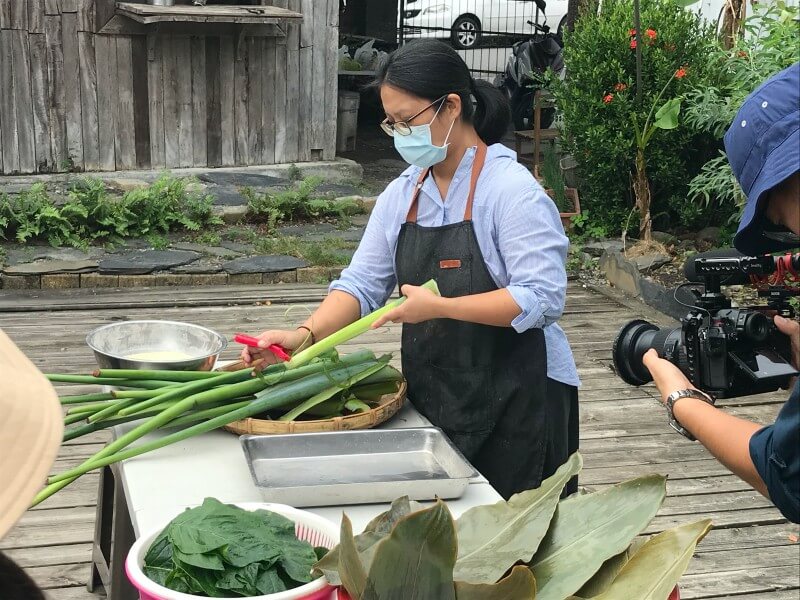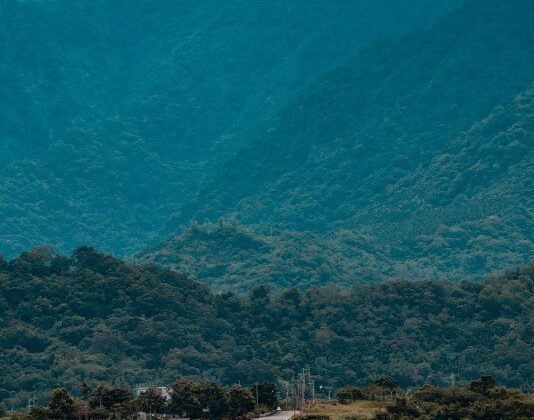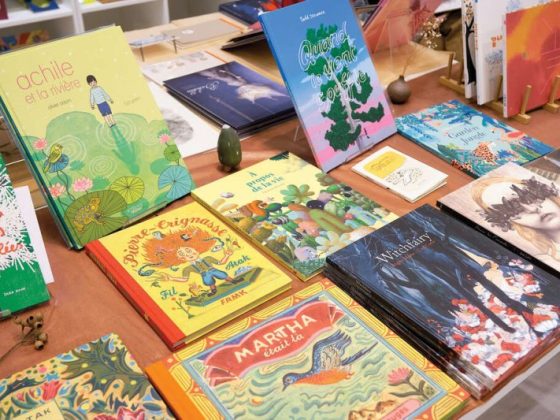Author Scott Weaver
Photographer Chris Stowers
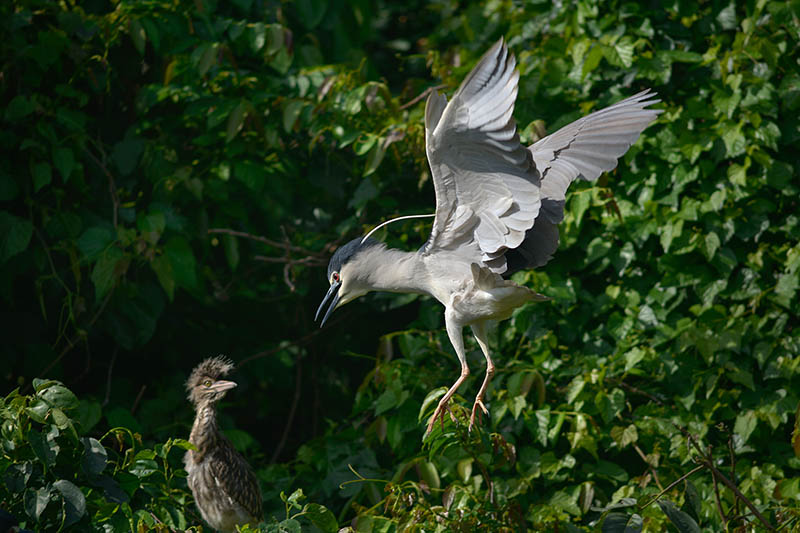
The chirping of birds amid trees and ponds may not be what first comes to mind when one thinks of Taipei, but thanks to extensive private and public efforts city residents can enjoy a number of oases of nature and serenity. A good way to discover some of the best parks in Taipei is to follow the footsteps of Taiwan’s birders.
Da’an Forest Park (大安森林公園)
If you only have time for one birding outing in Taipei, this should be it. The park has its own MRT stop (Da’an Forest Park station), is large enough to ensure the sighting of a variety of birds, and combines good visibility with lush vegetation and water resources. When I first arrived in Taiwan in 1989, the area that is now Da’an Park was a squatter village. In the 1990s, small trees were planted and the area was turned into a park. Those trees have now grown, and the park has become home to perhaps the widest variety of bird species of any location in Taipei.
A good spot to start with is an island surrounded by a moat called the Ecological Pool. The area is usually quite crowded, with onlookers and photographers observing the resident wildlife. Little egrets and black-crowned night herons, which use the island as a breeding ground, are present in large numbers.
As you stroll through the rest of the park, some of the less-common birds you might see include the Taiwan barbet and black bulbul.
Taipei Botanical Garden (台北植物園)
While the families and children who frequent Da’an Park make for a lively environment, the scene at the Taipei Botanical Garden (a 300-meter walk south from the Xiaonanmen MRT Station) is slower paced and more serene. Built in 1896 at the start of the Japanese colonial era, it retains much of the charm of days long gone. The Garden still houses a building that in colonial times was called the Guest House for Imperial Envoys, as well as an Herbarium built in 1924.
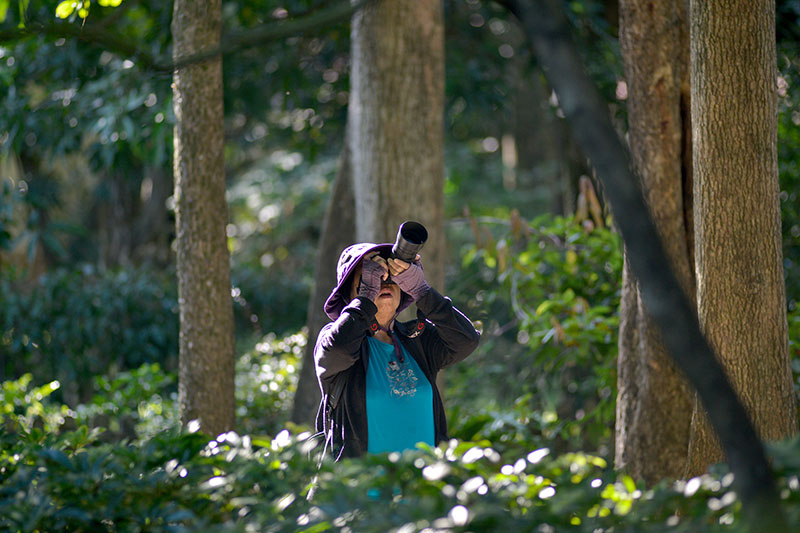
Recommended areas to visit include the large Lotus Pond, the succulent plants section, and the Butterfly Ginger Pool. One bird that is fairly common at the garden is the Taiwan blue magpie, a member of the crow family adorned with brilliant blue feathers. The Taiwan blue magpie and the Mikado pheasant found in the mountains are both endemic to Taiwan, and each had strong support in a 1997 unofficial poll to designate a national bird (the magpie won).
The Taipei Botanical Garden is located in an old part of town, and isn’t as well-known as some of the other birding locales on our list. But it is a sizable place with a variety of habitats, and is something of a hidden gem for birding.
National Taiwan University (NTU, 國立臺灣大學)
The university’s origins extend back to the Japanese colonial period, when it was called Taihoku (Taipei) Imperial University. Besides being Taiwan’s most prestigious institute of higher learning, it is also a very good venue for birdwatching.
The spacious campus is easily accessible from the Gongguan MRT Station. From Exit 2 of the station walk southeast to the Zhoushan Road (舟山路) entrance and continue on Zhoushan Road to the Liugongjun Pool (瑠公圳水源池). Beyond the nearby experimental farm is the Dr. Eikichi Iso Memorial Hall, a new museum housed in a building constructed in 1925. The museum, not yet fully opened, is devoted to the life and work of Dr. Iso, known as the “Father of Taiwanese Japonica Rice.” During the colonial period, he developed a strain of Japanese rice that eventually came to dominate rice production in Taiwan, replacing the long-grain rice previously grown. The surrounding experimental fields represent a continuation of his work – and also provide a good birding area.
After enjoying the quiet of the agricultural part of the campus, stroll northeast, then take the campus’s Palm Avenue north in front of the Main Library. As the road approaches the Astronomy and Mathematics Building, follow the jog to the left and you’ll soon see the Drunken Moon Lake (醉月湖). This is a very nice area for birding.
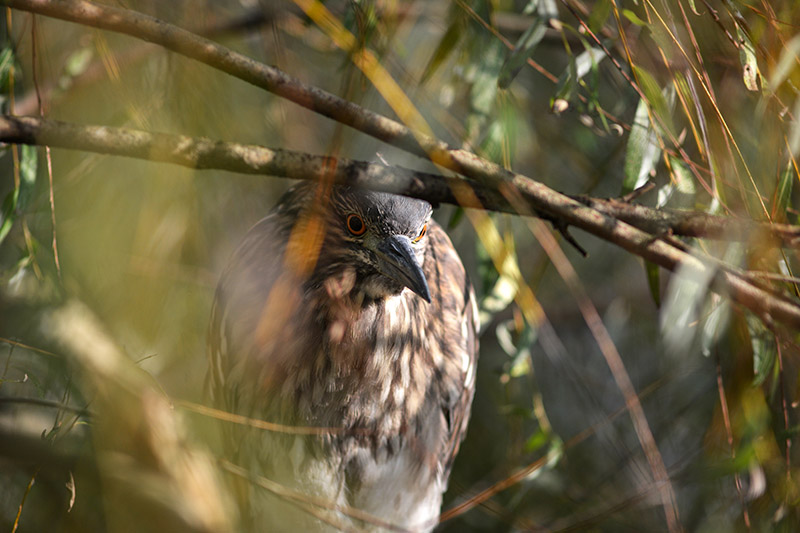
Guandu Nature Park (關渡自然公園)
The above three locations are all spots of greenery within the city proper. The next three are in the suburbs, but still easily accessible via MRT. The first of these is the Guandu Nature Park, located on a flood plain where the Keelung River joins the Tamsui River. General admission to the park costs NT$60.
The 57-hectare Nature Park is perhaps Taipei’s best-known birding venue, and is well-equipped to welcome birders. Located near mangrove marshes and other wetlands, the park attracts both waterfowl and shore-birds. But as it has been made into a nature preserve, many parts of it are off-limits to visitors. In addition, the area was once dominated by rice paddies, but the protection it now receives has resulted in unrestricted vegetation growth that often obstructs the view of wildlife. The high-power binoculars available in the main enclosed viewing area are often of little help.
Still, according to the park website, “229 species of birds have been recorded at Guandu so far, qualifying this wetland as an Important Bird Area (IBA) recognized by BirdLife International.” The park was designated as a preserve in 1983 due to its importance as a stopover point on avian migration routes.
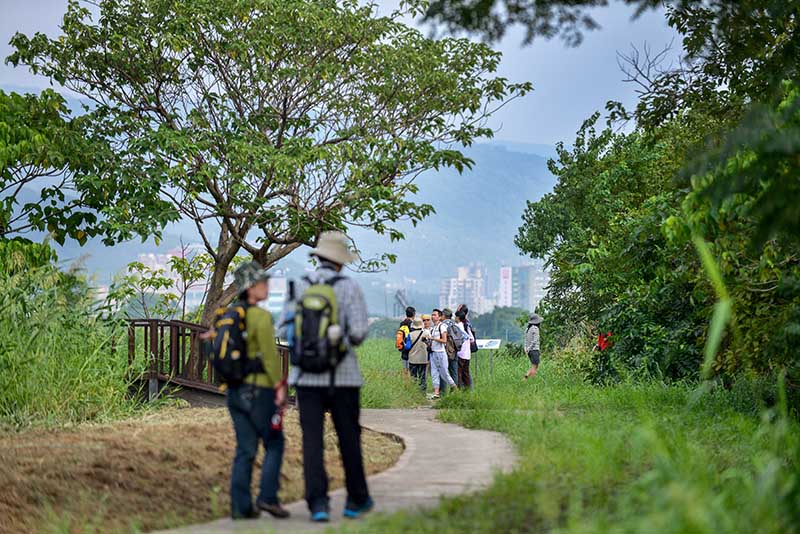
The closest station is the Guandu MRT stop. The park is about 400 meters away. Taking a taxi is an option, but if you decide to walk, a good route is via Zhixing Road (知行路) to the Guandu Temple area. Although it’s a little indirect, the temple is worth seeing and the riverside area near the temple provides good visibility of an area home to many birds such as the sacred ibis. Taiwan’s sacred ibis population is derived from a group that escaped from a local zoo about 20 years ago and has prospered ever since. It’s possible to see more types of birds in this area than in Guandu Park itself.
From the temple, take a branch of Zhixing Road to the Nature Park (signs will guide you from this point, although for some reason not all the way from the MRT Station).
Beitou-Guizikeng Drainage Area (北投貴子坑大排)
The Beitou-Guizikeng Drainage Area may not have the most attractive name in the world and is rather rough around the edges, but it provides a home to many birds. Guizikeng is a short distance to the northeast from the Guandu Nature Park, and is the least crowded of our venues. It is indeed a drainage project, part of the government’s efforts to control flooding while also providing areas for small farmers to plant crops inside the city limits.
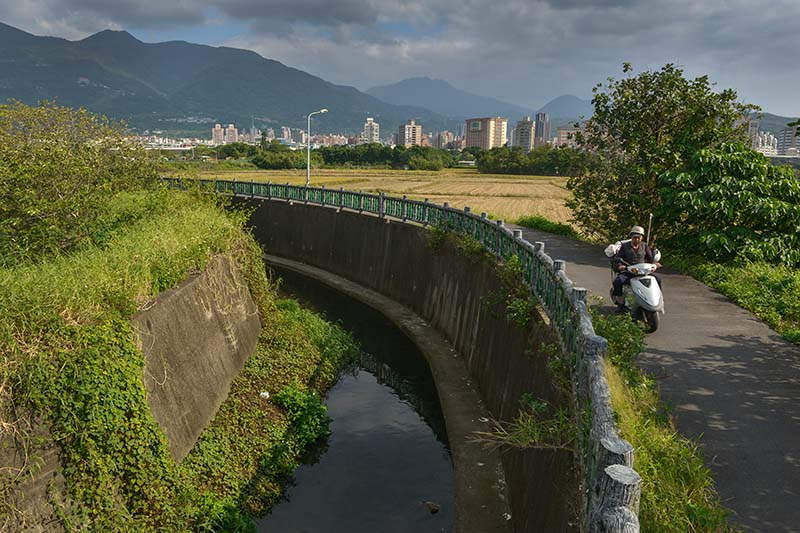
The closest MRT stop is Beitou Station. After proceeding out of its only exit, turn left and cross through the small playground. Continue on until you cross Daye Road (大業路), at which point you’ll see part of Guizikeng through a wooden fence. To enter the area, turn right and walk about 200 meters north until you pass a Japanese-style beer bar. You’ll see two stone lions protecting the entrance to a lane. This is Daye Road, Lane 517, the main road for the birding area.
There are usually lots of birds along the artificial canal which Lane 517 follows. These include black drongos, great and little egrets, gray herons, and black-crowned night herons. Common kingfishers flit through the middle of the channel looking for breakfast. Among rarer species, Chinese pond herons can sometimes also be seen.
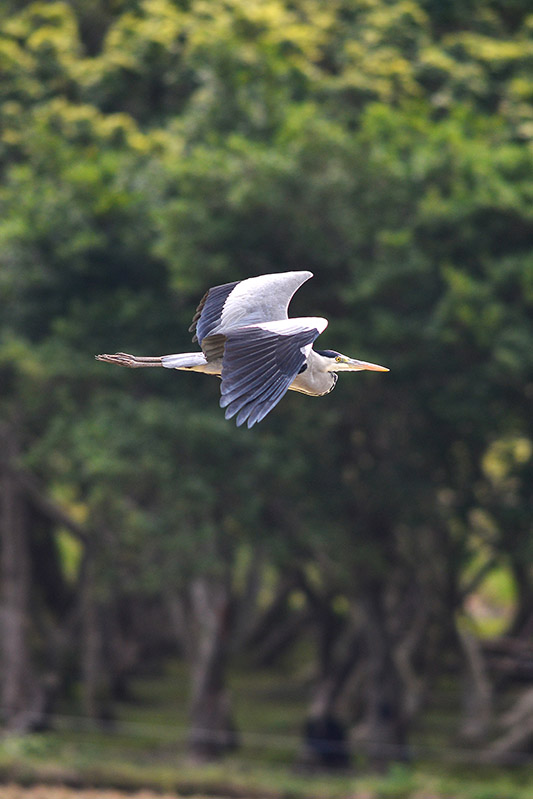
The surrounding area is used for either agriculture or light industry, and is not a site of great natural beauty. But fish are plentiful, as are rice fields, which attracts the birds.
Continuing along the lane will eventually bring you to the busy Zhongyang North Road (中央北路), Section 2, Lane 257, which has a large drainage channel running down the middle. Kingfishers can sometimes be seen here. The end of the road is a parking area for taxis that also offers a good view of the mountains to the north of Taipei. And don’t forget to look up to see if you can spot any raptors circling above. You can then return to Beitou Station using the same Lane 517.
The Guandu Plain has other trails similar to this one, all good for birding. For example, the Linong Wetlands are west of the Shipai MRT stop, behind the Hannover Equestrian Center. Also, the Zhongyu Trail can be found via a quick left, then right, after going out Exit 2 of the Zhongyi MRT Station. The Guandu Plain is a fertile area for rice, as well as for bird watching.
Sanchong Riverside/New Taipei Metropolitan Park area (三重河邊/大台北都會公園)
Twenty or more years ago, Sanchong, across the Tamsui River from Taipei, had a reputation as a rather unattractive and crowded working-class district. But the riverside has since been transformed into the extensive New Taipei Metropolitan Park and adjacent parks. It is among the many birding sites in Taipei that represent successful transformations of neglected and polluted areas into thriving patches of greenery.
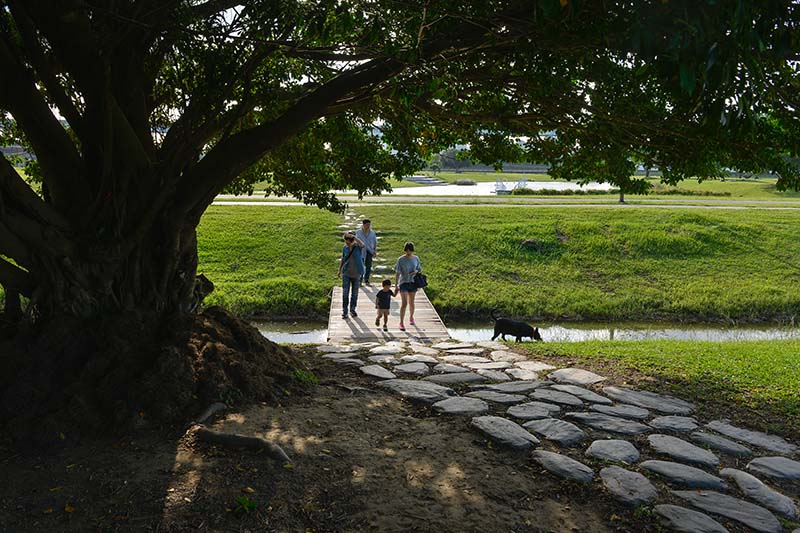
The main park itself is still young and has only a smattering of trees, which tends to reduce the number of bird species. Nevertheless, it’s a good place for seeing black-collared starlings, and the small ponds in the park attract egrets and ducks. Rather unusually, the park is generously dotted with pop art, including romance-themed sculptures that are popular backdrops for wedding photos.
The park is just outside the Sanchong MRT Station, but is on the western side of a levy that separates the riverside from Sanchong proper. The best way to get there from the MRT is to follow the signs to Exit 1/Taoyuan Airport MRT. When you are at street level, follow the signs to “A2 Taoyuan Airport MRT/Sanchong Station” and from there to “Exit 1A, Taipei Metropolitan Park.”
You may wish to expand your visit beyond the park itself. One option is to head south through the middle of the park and then cross Chongxin Road (重新路), Section 5 at the crosswalk. Go through the sports park and its baseball fields, after which you’ll see signs to the various neighboring parks. We suggest going to the right toward the wetlands, which include the Dahan River Left Bank Park. The Dahan and Xindian Rivers join together north of here to form the Tamsui River.
The birdwatching website Ebird.org, an excellent reference source, refers to this southern area as the “Taipei-Erzhong Spillway Wetland” (二重疏洪道濕地).
National Chiang Kai-Shek Memorial Hall area (中正紀念堂)
After adventures in the suburbs, we end our birding tour back in the heart of Taipei at the beautiful grounds and surrounding park of the National Chiang Kai-Shek (CKS) Memorial Hall, one of Taipei’s best-known tourist spots. But if you just visit the main buildings, you are missing a lot of the beauty, as well as the birds. Exit 5 of the CKS MRT Station takes you conveniently right to the park’s grounds. Enjoy a leisurely walk along the various tree-shaded paths.
One pleasant area is the Healing Garden (Lohas Garden, 樂活花園), which is just across from the Yun Han Pond (雲漢池). To reach it, go through the Gate of Great Piety (大孝門) on Aiguo East Road, taking a left at the second path. It’s a somewhat hidden garden, with benches and trees and a lovely view of the pond. Besides being relaxing, it’s a good spot for birding.
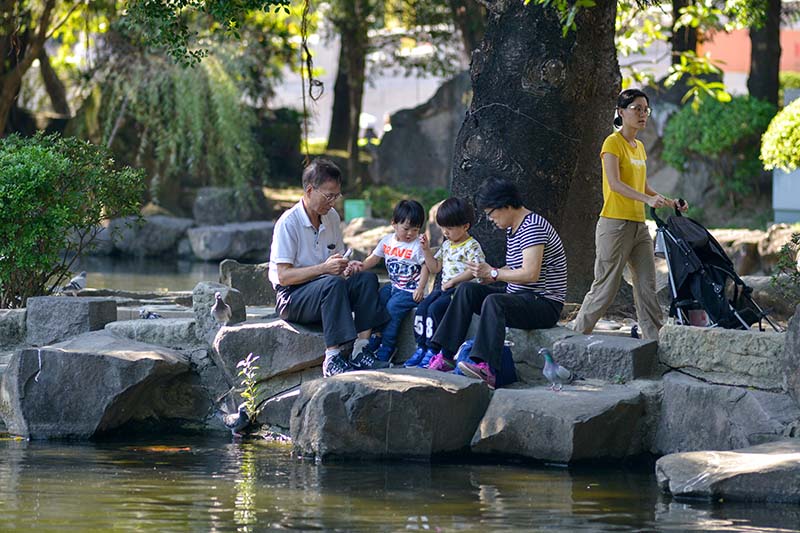
The park generally doesn’t host as many species as the other locations noted above, but it’s still a beautiful venue in which to look for our feathered friends. If you stay until dusk, you might see a Malayan night heron by the side of the path, moving at its usual slow gait. And if you hear a rather haunting “whoop whoop” in the darkness, that may be a Malayan night heron saying hello.
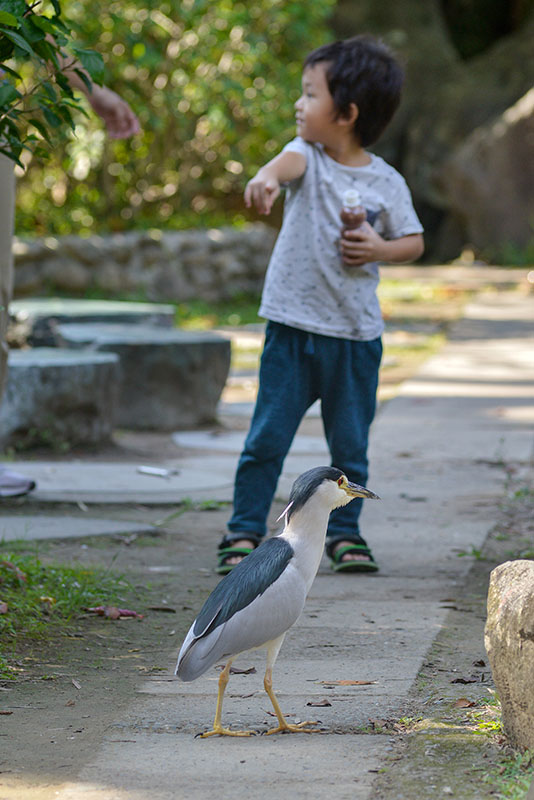
Taipei is a crowded and bustling place. But it is also home to many areas of beauty, peace, and solitude – and also many types of birds. Some of the venues have long histories. Some are more recent products of Taiwan’s drive to improve its environmental conditions and the quality of life of its people and visitors to the island. Setting out to find and identify members of its avian population is a good way to discover the green and serene side of the city.
Scott Weaver
A longtime resident of Taipei, is a Contributing Writer for Taiwan Business TOPICS.
This article is reproduced under the permission of Taiwan Business TOPICS.

